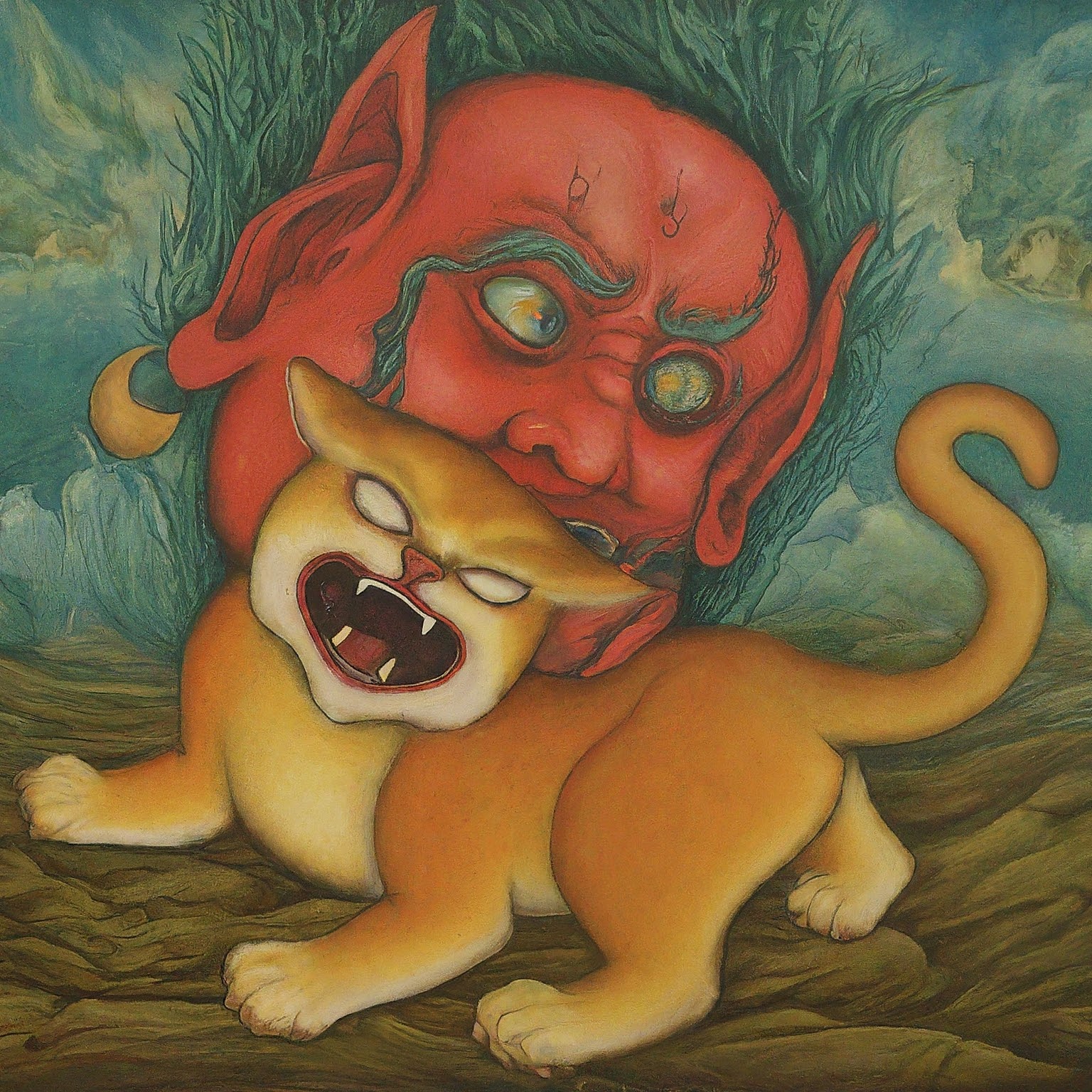Let’s briefly explore the phenomenon of pain, that (oft unwelcome) guest that, nonetheless, has its place at the dance of our life.
Now, you may ask, “Eric, why on earth would we want to meditate with pain? Isn’t the point of meditation to feel good?” Well, there’s the rub! We’re not meditating to feel good or bad, but to feel real. And what’s more real than the pinch or pulse of the flesh itself?
Sensations are life’s way of tapping us on the shoulder, saying, “Hey, pay attention! This is happening now!” Sensations are a direct, unfiltered experience of reality, free from our mind’s incessant chatter about past and future. When we attend to sensations, we anchor ourselves in the present moment, like a ship dropping anchor in the vast ocean of consciousness.
Our sensations come in three flavors: pleasant, neutral, and unpleasant. Pleasant sensations are like unexpected gifts – enjoy them while they last, but don’t cling too tightly. Neutral sensations are the wallflowers at the dance, often overlooked but no less part of the whole. And then there’s the unpleasant, and now we’re getting somewhere interesting!
Pain, as we register it, is the intense end of the unpleasant spectrum (and this spectrum is subjective). Buddhist teachings associated pain with sickness, aging, and death – the conditions that remind us of our shared human condition, and form the foundation of suffering. But, and this is a critical distinction, pain is not the same as suffering. Pain is data, a signal from the body. Suffering is the story we tell ourselves about that pain.
“Oh, woe is me! Why must I endure this torment? Surely, the universe has it out for me!” Sound familiar? That’s the voice of suffering. And, while it seems natural and intimately familiar, it is optional. You can have pain without suffering, just as you can have a rainy day without a bad mood.
So, how do we practice with pain? While this is a lifelong practice, we can begin by applying a simple formula: we e note it, we accept it, we penetrate it, and then we exit. Let’s break that down:
- Note: Acknowledge the pain. “Ah, there’s a twinge in my knee.” Don’t ignore it, but don’t fixate on it either. Use labeling to bring specificity to your sensational experience.
- Accept: For this moment, allow the pain to be there. This isn’t surrendering to it, it is not glorifying or justifying it, but simply recognizing its presence.
- Penetrate: Now, this is where it gets technical. Dive into the sensation as deeply or shallowly as you can in this moment depending on the sensation, your energy level, and mood. Is it sharp or dull? Does it pulse or remain steady? Is there a center to it, or does it radiate outwards? Become curious about the pain, as if you’re a scientist studying a new phenomenon.
- Exit: Having explored the pain for a breath of three, or longer, let it be. Return your attention to your breath, or to the general field of awareness.
In this practice, we bring three essential qualities: curiosity, compassion, and courage. Curiosity to explore the sensation without judgment. Compassion to be kind to ourselves in the face of discomfort. And courage to face what we might usually avoid.
Now, I’m not suggesting you ignore medical advice or forgo pain relief when it’s needed. By all means, take care of your body! And on your meditation cushion, you have the opportunity to engage with pain in a new way.
You see, pain is not an enemy to be vanquished, but a guide to be followed. It’s a part of the grand web of existence – a node in the network that is sending signals. When we lean in to listen to it without resistance, we open ourselves to a deeper understanding of the nature of our reality.
So, the next time pain comes knocking at your door, invite it in. Sit with it, explore it, and then bid it farewell. You may find that in doing so, you’re not only changing your relationship with pain, but with all of life’s experiences.
Remember, the goal isn’t to eliminate pain, but to dance with it. For in that dance, we find our tru
